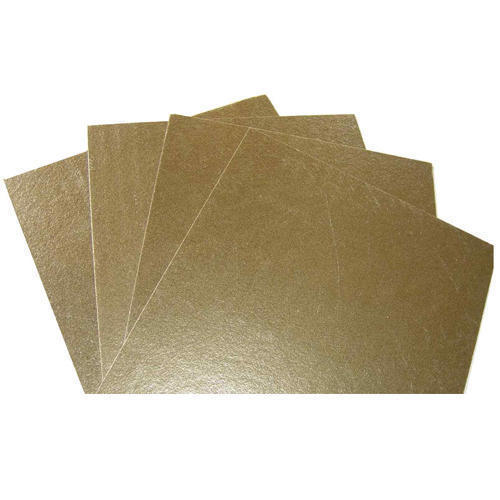Top 5 insulation materials for EV busbar
(2023年03月18日)https://www.datamica.com/products/mica-tape
Busbars are one of the common elements used in EV powertrains. With their enormous current carrying capacity and rigidity, they have largely replaced traditional cabling from electric vehicles. They can also carry a higher amount of current per cross-section compared to traditional cabling, and a single busbar can carry both power and signal for electrical systems.
Made of layers of conductors with insulators in between them, busbars are used to build battery packs by connecting individual cells as well as distributing power to other electrical systems in a vehicle. They are also excellent heat dissipators and are often used as heat sinks for the electric power train and the battery packs.
The insulations used in these busbars play a huge role in the specific properties of different busbar configurations. They ensure even current across the entire surface and allow safe operations. Let’s explore some of the common types of insulations used for busbars in EVs.
Epoxy coating
Epoxy coating is commonly used over a single layer busbar or a single piece of metal conductor. In the case of laminated busbars, they’re used for giving a high-quality finish over the finished busbar. They can be applied in very thin layers and are mostly used over the busbar instead of as the dielectric layers forming the busbar.
Due to their thin nature and the lack of space between the busbar and the epoxy coating, the final product can dissipate heat better than other insulations. The possibility of electrical arcing between the busbar and the insulation is also reduced to a large extent due to the same reason. Another benefit of the epoxy coating is that they don’t get diluted or torn when bent.
Nomex
Nomex is a polymer developed by DuPont in the 1960s and has excellent flame and fire-resisting capabilities. They have high dielectric strength and can retain their properties over temperatures of 200℃ and higher. And they can maintain them even after sustained exposure to 220℃ conditions over a 10-year period.
They are commonly used to insulate EV busbars due to their excellent dielectric properties. Nomex is also highly tear-resistant making them ideal for manufacturing processes.
Mica
Mica is one of the up-and-coming materials being used for insulating busbars in EVs. Their excellent dielectric capabilities as well as the ease of producing thin slices make them ideal for insulation in EVs. They have excellent thermal properties, maintaining structural integrity up to 1000℃. They can also withstand voltages up to 2000V and are often used as a thermal barrier around EV batteries.
Due to it’s tough nature, Mica is often used in thermal management in EVs. They are used to slow down thermal runaway events and provide EV occupants to safely exit the vehicle. Mica insulators are also highly durable and flexible making them an ideal candidate for large-scale manufacturing processes.
Kapton
Kapton is another polymer invented by DuPont in the 1960s. It is commonly used in PCBs and in other electronics due to its electrical and thermal properties. Kapton is thermally stable up to 469℃. The thermal properties of the material have found various applications in spacecraft. Kapton insulation has the added benefit of being able to solder on additional components on the busbar as needed.
Mylar
Mylar films offer high dielectric strength of around 7000V for 1mil film. And it can maintain this dielectric strength upto 150℃. The film is also resistant to arc tracking, and with sufficient breaks to cool off, can resist them almost indefinitely. And the material has one of the highest ever corona resistance.
These properties make them a prime candidate as an insulator in busbars.
As one of the mica tape manufacturers, we provide mica cable tape, mica tape insulation, mica laminate sheet, mica products, etc. For more information about mica tape price, please feel free to contact us!
- このできごとのURL:



コメント